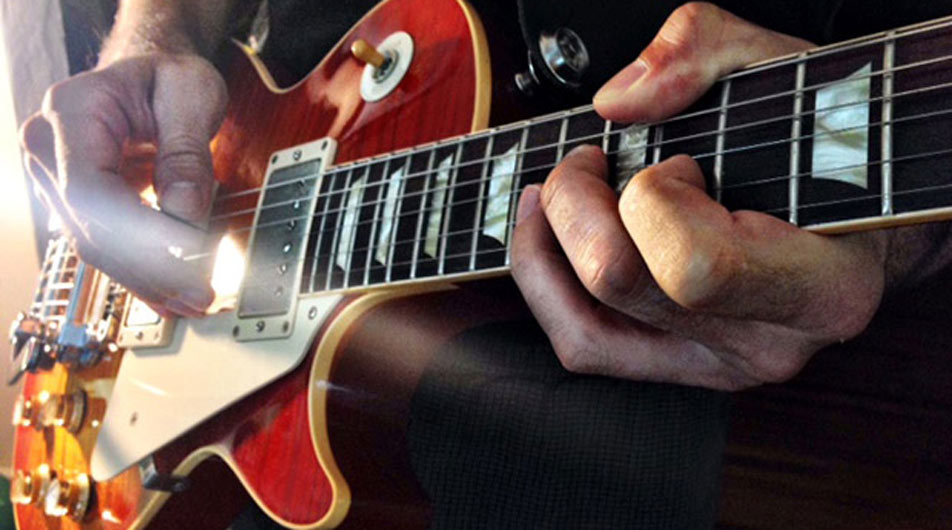Mastering the Fundamental Modes Across the Entire Fretboard
Get a more complete understanding of the seven fundamental modes.

Over the course of the past two columns, I've detailed the basics of a series of scales derived from the major scale, known as the seven fundamental modes.
To me, a complete understanding of these seven modes is essential study for all serious guitarists, no matter what style of music they play.
As a metal player, I have found the study, understanding and incorporation of the modes to be invaluable in regard to all aspects of my playing and, most importantly, in terms of my overall grasp of the manner by which musical structures are formulated across the guitar’s fretboard.
I visualize each of the modes on the fretboard in five different, distinct patterns. Each is fretted in a specific way, and in my experience, this simplifies one’s ability to understand and envision each modal shape on the fretboard quickly and easily.
FIGURE 1 illustrates the first of the seven modes—which is the major scale, also known as the Ionian mode—played in the key of G in second position, ascending and descending through two octaves. While studying this mode and fingering pattern/shape, be aware of each of the intervals/scale degrees that make up its formula: 1(root) 2 3 4 5 6 7.
Often, these intervals are indicated with prefixes, such as major 2nd, major 3rd, perfect 4th, perfect 5th, major 6th and major 7th. I like to streamline the process and use the numbers only. If an interval is altered, I use a “f” (flat) symbol to indicate that the note should be played one fret lower. In order to get your bearing, first strum a big G5 power chord, then play the scale pattern in FIGURE 1.
Play it slowly and carefully at first, with attention to precision and clarity in the articulation of each note.
All the latest guitar news, interviews, lessons, reviews, deals and more, direct to your inbox!
In FIGURE 2, I demonstrate the G major scale as played in fourth/fifth positions. Notice that, when moving from the A string to the D string, the fret hand shifts back one fret, and when moving from the G string to the B string, it moves back up. Strive to make these shifts as seamless as possible.
FIGURES 3–5 show the remaining three fretboard positions for G major as I move from seventh, to ninth/10th, to 11th/12th positions, respectively. As you play through each pattern, recite the scale degree of each note while maintaining keen awareness of its placement within each given position and pattern. Since you’ve made it this far, congratulations are in order: you now know all seven of the fundamental modes across the entire fret- board! This is because each mode in the key of G is built from the same series of half steps and whole steps.
As shown in FIGURE 6, if I were to play this same set of notes over an Am or A5 chord and start on the second note of the G major scale, A, the result is the sound of A Dorian, the second mode. FIGURE 7 shows a great way to practice moving through all of the scale positions, as I repeatedly ascend through the mode in one position and then descend in the next-higher position.
PART ONE
PART TWO

